5 Lesser-known National Parks for Water Lovers in the USA
Go scuba diving, snorkeling, kayaking or canoeing at these national parks and preserves across the United States.
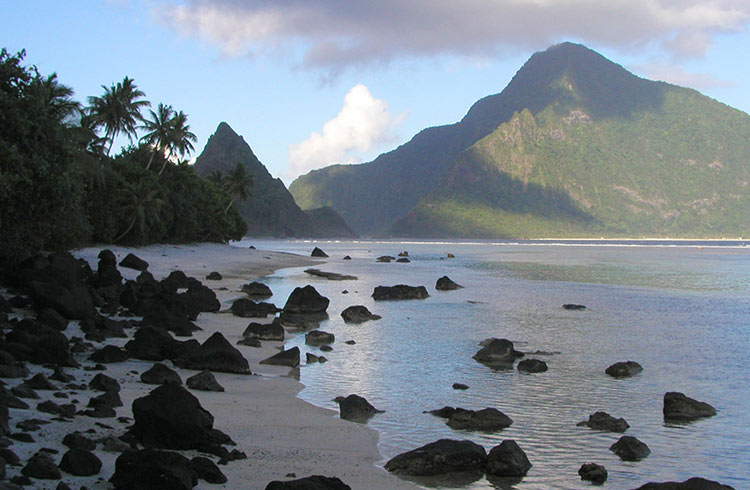 Photo © All images: National Park Service
Photo © All images: National Park Service
The crowds are scarce and the rewards plentiful at these five wet-and-wild destinations.
- Isle Royale National Park
- Congaree National Park
- Salt River Bay National Historical Park and Ecological Preserve
- Dry Tortugas National Park
- National Park of American Samoa
Isle Royale National Park, Michigan
The park is made up of a cluster of islands on Lake Superior, including Isle Royale and around 400 smaller islands. Isle Royale National Park is one of the least-visited national parks in the United States, averaging about 20,000 visitors per year. It's a short year, though, as this park is closed from November to mid-April (the only national park to fully close during winter).
Accessible only by boat or seaplane, this UNESCO International Biosphere Reserve offers camping, hiking, canoeing, kayaking

Congaree National Park, South Carolina
An epic 50mi (80km) paddle down the Congaree River Blue Trail takes you from South Carolina's capital city, Columbia, to the forest primeval of Congaree National Park. This 27,000-acre floodplain habitat also has been designated a UNESCO International Biosphere
You'll also find everything from bobcats and armadillos to otters and alligators. Summer thunder-and-lightning storms can be deadly, though, so get off the water, take cover and stay low.
In 2018, almost 146,000 hikers, campers, canoeists and kayakers visited the park. Keep this environment pristine by taking all your rubbish out with you, and leave no trace aside from your footsteps.
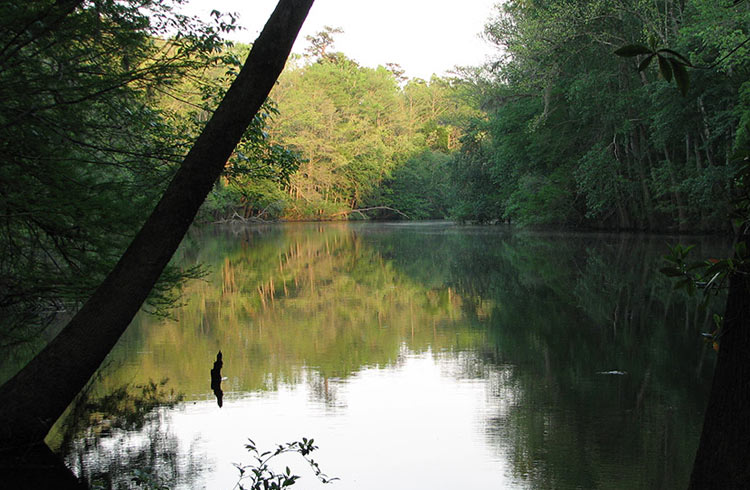
Salt River Bay National Historical Park and Ecological Preserve, Virgin Islands
A self-proclaimed "living museum, where nature and history blend," Salt River Bay features one of the largest mangrove forests in the Virgin Islands, as well as coral reefs and a submarine canyon ideal for scuba diving.
The 1,015-acre park is also the only place in US territory documented to have been visited by Christopher Columbus – an event which promptly incited the first known skirmish between Native Americans and European invaders. Columbus commemorated the encounter by naming the site Cabo de las Flechas (Cape of the Arrows).
The park, which sees about 5,000 visitors annually, is also home to the world's most dangerous tree – the manchineel. It's so poisonous even just touching it can scorch the skin and lead to temporary blindness.
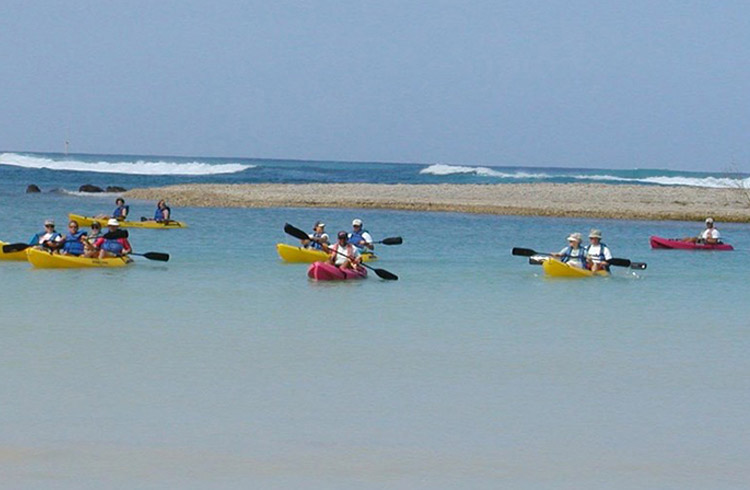
Dry Tortugas National Park, Florida
About 70mi (112km) west of Key West in Florida (closer to Cuba than mainland USA), is the 100mi² (260km²) Dry Tortugas National Park. Accessible only by boat or seaplane, the ironically named park is actually less than 1% dry ground, and is made up of seven small islands surrounded by a wonderland of coral reefs and seagrasses.
One of those islands, Garden Key, features imposing Fort Jefferson, which began construction in 1846 and remains the largest masonry structure in the Americas. The park is best explored if you have your own boat, and campers will want a canoe or kayak.
With clear water and 200 shipwrecks, it's bliss for snorkelers and divers. But, beware of the park's prickly side: fire coral, lionfish, jellyfish
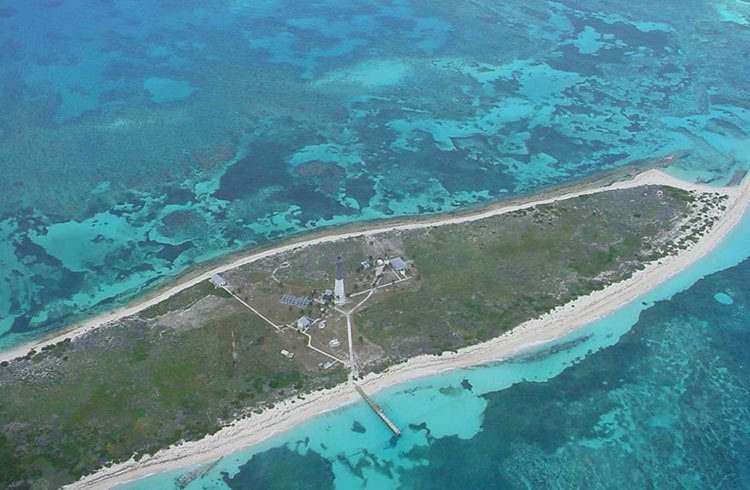
National Park of American Samoa, American Samoa
Situated 2,600mi (4,185km) southwest of Hawaii, this is the only US national park located below the equator. Encompassing parts of three different volcanic islands, the tropical rainforest and stunning coral reefs of American Samoa
The park also helps to maintain the traditional Samoan culture – believed to be the oldest in Polynesia – and homestays are available through the Park Service for visitors who want to soak up the lifestyle with a local family.
There can be trouble in paradise, though: tsunamis are a threat and dengue is also present, so employ a full arsenal of tactics to prevent mosquito bites.
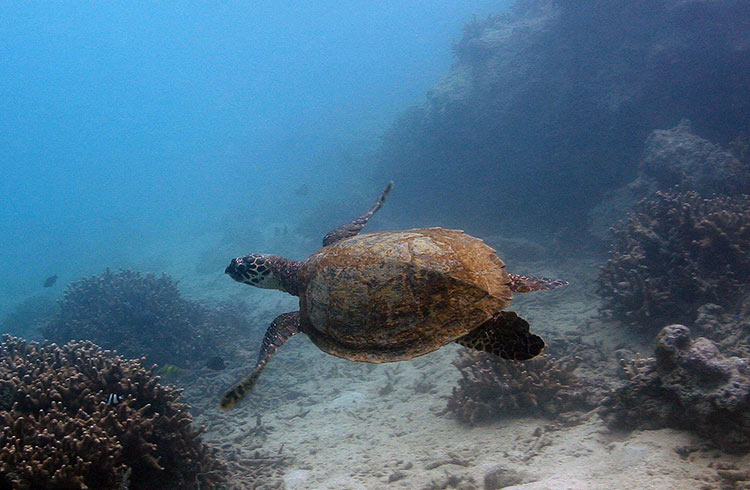
Related articles
Simple and flexible travel insurance
You can buy at home or while traveling, and claim online from anywhere in the world. With 150+ adventure activities covered and 24/7 emergency assistance.
Get a quote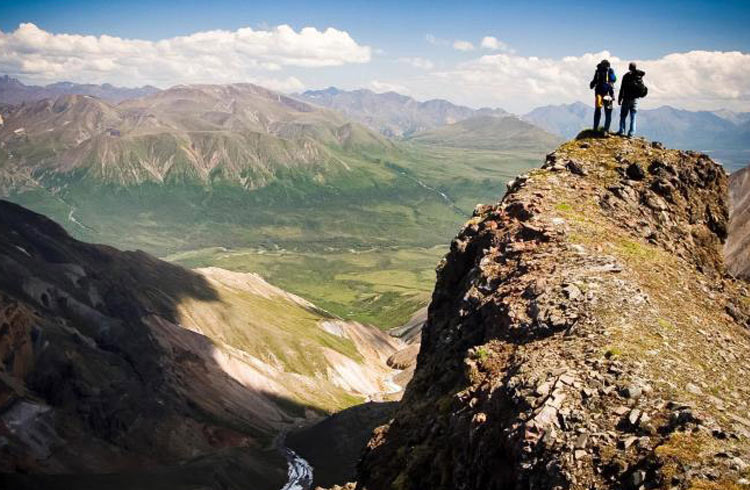
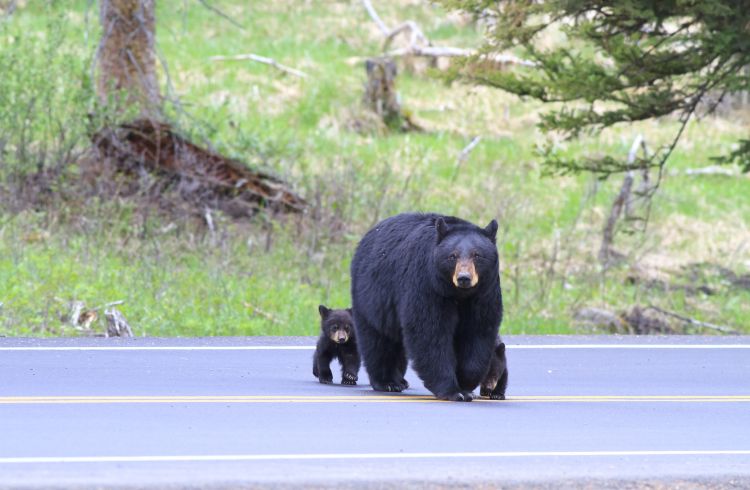
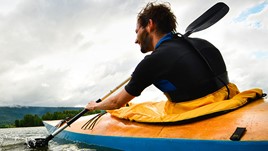
No Comments